Asel Sagingalieva
Predictive control of blast furnace temperature in steelmaking with hybrid depth-infused quantum neural networks
Apr 16, 2025
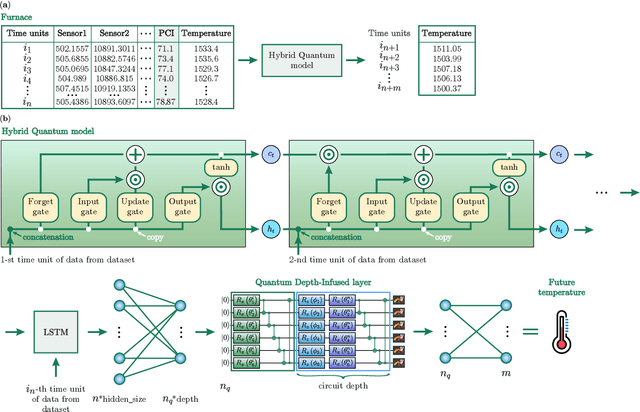
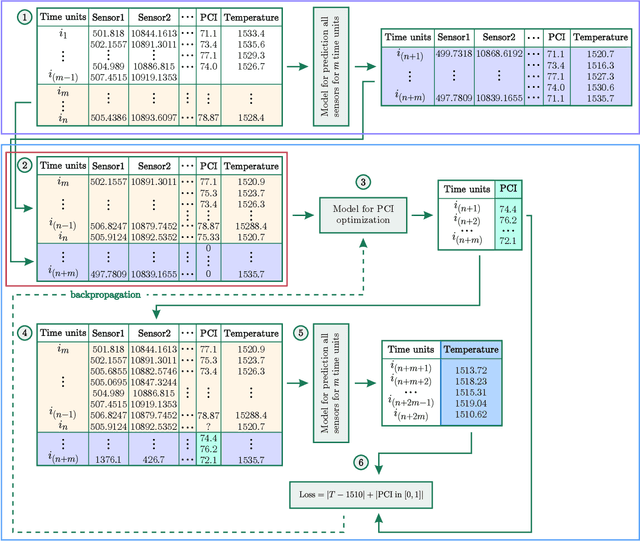
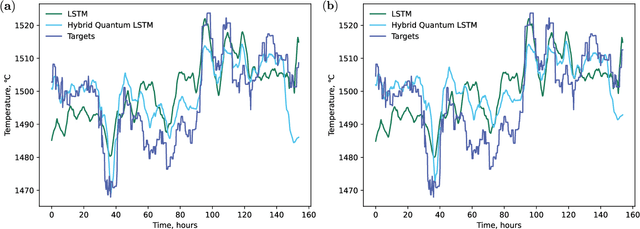
Abstract:Accurate prediction and stabilization of blast furnace temperatures are crucial for optimizing the efficiency and productivity of steel production. Traditional methods often struggle with the complex and non-linear nature of the temperature fluctuations within blast furnaces. This paper proposes a novel approach that combines hybrid quantum machine learning with pulverized coal injection control to address these challenges. By integrating classical machine learning techniques with quantum computing algorithms, we aim to enhance predictive accuracy and achieve more stable temperature control. For this we utilized a unique prediction-based optimization method. Our method leverages quantum-enhanced feature space exploration and the robustness of classical regression models to forecast temperature variations and optimize pulverized coal injection values. Our results demonstrate a significant improvement in prediction accuracy over 25 percent and our solution improved temperature stability to +-7.6 degrees of target range from the earlier variance of +-50 degrees, highlighting the potential of hybrid quantum machine learning models in industrial steel production applications.
Photovoltaic power forecasting using quantum machine learning
Dec 27, 2023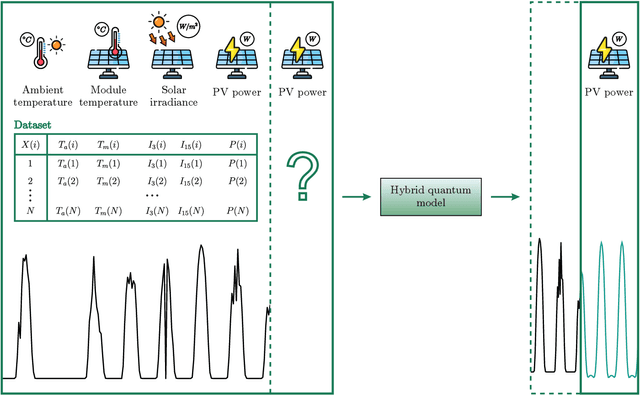
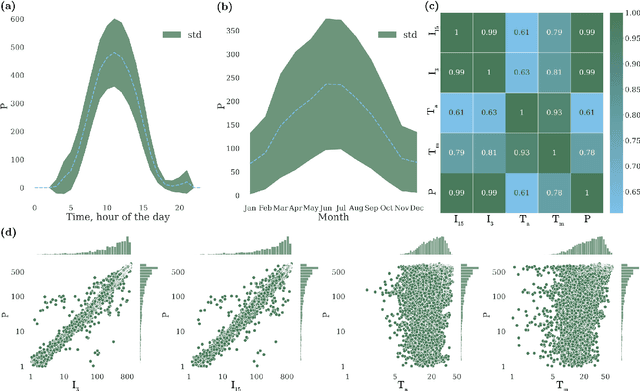
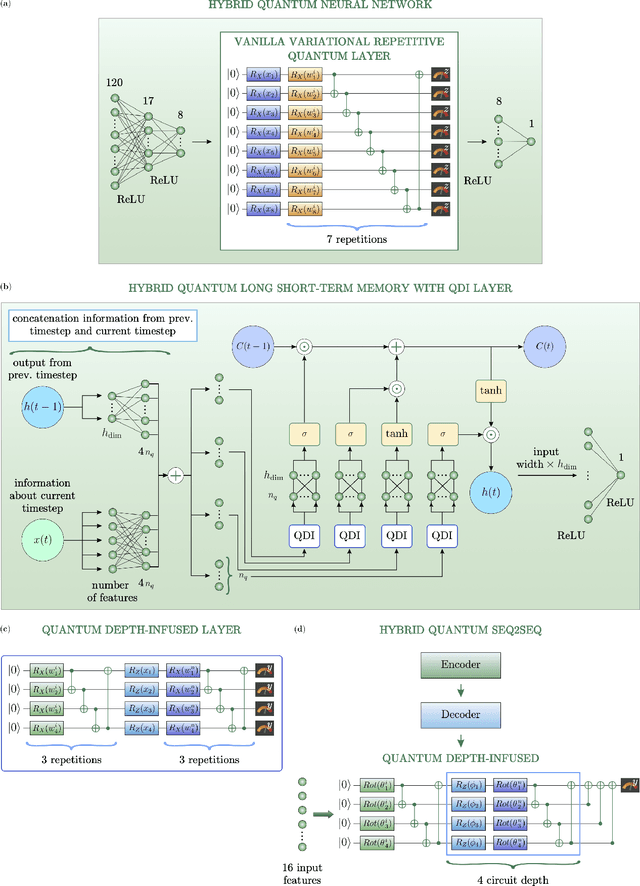
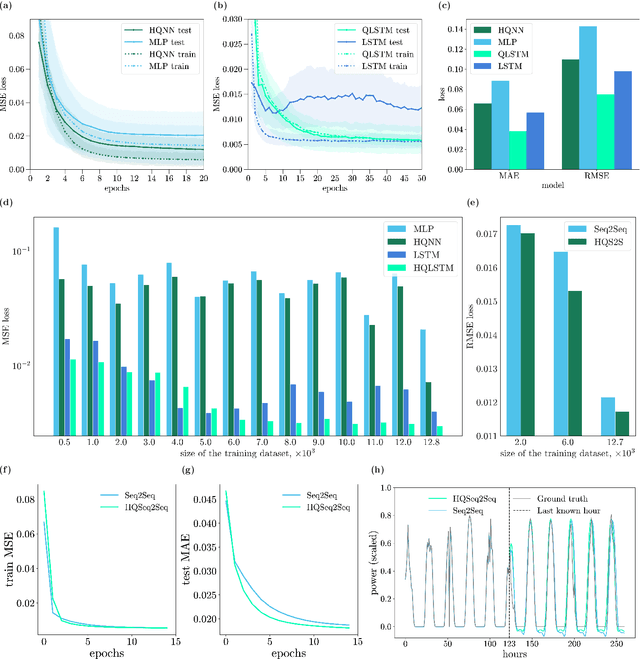
Abstract:Predicting solar panel power output is crucial for advancing the energy transition but is complicated by the variable and non-linear nature of solar energy. This is influenced by numerous meteorological factors, geographical positioning, and photovoltaic cell properties, posing significant challenges to forecasting accuracy and grid stability. Our study introduces a suite of solutions centered around hybrid quantum neural networks designed to tackle these complexities. The first proposed model, the Hybrid Quantum Long Short-Term Memory, surpasses all tested models by over 40% lower mean absolute and mean squared errors. The second proposed model, Hybrid Quantum Sequence-to-Sequence neural network, once trained, predicts photovoltaic power with 16% lower mean absolute error for arbitrary time intervals without the need for prior meteorological data, highlighting its versatility. Moreover, our hybrid models perform better even when trained on limited datasets, underlining their potential utility in data-scarce scenarios. These findings represent a stride towards resolving time series prediction challenges in energy power forecasting through hybrid quantum models, showcasing the transformative potential of quantum machine learning in catalyzing the renewable energy transition.
Hybrid quantum image classification and federated learning for hepatic steatosis diagnosis
Nov 04, 2023



Abstract:With the maturity achieved by deep learning techniques, intelligent systems that can assist physicians in the daily interpretation of clinical images can play a very important role. In addition, quantum techniques applied to deep learning can enhance this performance, and federated learning techniques can realize privacy-friendly collaborative learning among different participants, solving privacy issues due to the use of sensitive data and reducing the number of data to be collected for each individual participant. We present in this study a hybrid quantum neural network that can be used to quantify non-alcoholic liver steatosis and could be useful in the diagnostic process to determine a liver's suitability for transplantation; at the same time, we propose a federated learning approach based on a classical deep learning solution to solve the same problem, but using a reduced data set in each part. The liver steatosis image classification accuracy of the hybrid quantum neural network, the hybrid quantum ResNet model, consisted of 5 qubits and more than 100 variational gates, reaches 97%, which is 1.8% higher than its classical counterpart, ResNet. Crucially, that even with a reduced dataset, our hybrid approach consistently outperformed its classical counterpart, indicating superior generalization and less potential for overfitting in medical applications. In addition, a federated approach with multiple clients, up to 32, despite the lower accuracy, but still higher than 90%, would allow using, for each participant, a very small dataset, i.e., up to one-thirtieth. Our work, based over real-word clinical data can be regarded as a scalable and collaborative starting point, could thus fulfill the need for an effective and reliable computer-assisted system that facilitates the daily diagnostic work of the clinical pathologist.
Quantum physics-informed neural networks for simulating computational fluid dynamics in complex shapes
Apr 21, 2023Abstract:Finding the distribution of the velocities and pressures of a fluid (by solving the Navier-Stokes equations) is a principal task in the chemical, energy, and pharmaceutical industries, as well as in mechanical engineering and the design of pipeline systems. With existing solvers, such as OpenFOAM and Ansys, simulations of fluid dynamics in intricate geometries are computationally expensive and require re-simulation whenever the geometric parameters or the initial and boundary conditions are altered. Physics-informed neural networks (PINNs) are a promising tool for simulating fluid flows in complex geometries, as they can adapt to changes in the geometry and mesh definitions, allowing for generalization across different shapes. We present a hybrid quantum physics-informed neural network that simulates laminar fluid flows in 3D Y-shaped mixers. Our approach combines the expressive power of a quantum model with the flexibility of a PINN, resulting in a 21% higher accuracy compared to a purely classical neural network. Our findings highlight the potential of machine learning approaches, and in particular quantum PINNs, for complex shape optimization tasks in computational fluid dynamics. By improving the accuracy of fluid simulations in complex geometries, our research using quantum PINNs contributes to the development of more efficient and reliable fluid dynamics solvers.
Quantum machine learning for image classification
Apr 18, 2023Abstract:Image recognition and classification are fundamental tasks with diverse practical applications across various industries, making them critical in the modern world. Recently, machine learning models, particularly neural networks, have emerged as powerful tools for solving these problems. However, the utilization of quantum effects through hybrid quantum-classical approaches can further enhance the capabilities of traditional classical models. Here, we propose two hybrid quantum-classical models: a neural network with parallel quantum layers and a neural network with a quanvolutional layer, which address image classification problems. One of our hybrid quantum approaches demonstrates remarkable accuracy of more than 99% on the MNIST dataset. Notably, in the proposed quantum circuits all variational parameters are trainable, and we divide the quantum part into multiple parallel variational quantum circuits for efficient neural network learning. In summary, our study contributes to the ongoing research on improving image recognition and classification using quantum machine learning techniques. Our results provide promising evidence for the potential of hybrid quantum-classical models to further advance these tasks in various fields, including healthcare, security, and marketing.
Benchmarking simulated and physical quantum processing units using quantum and hybrid algorithms
Nov 28, 2022Abstract:Powerful hardware services and software libraries are vital tools for quickly and affordably designing, testing, and executing quantum algorithms. A robust large-scale study of how the performance of these platforms scales with the number of qubits is key to providing quantum solutions to challenging industry problems. Such an evaluation is difficult owing to the availability and price of physical quantum processing units. This work benchmarks the runtime and accuracy for a representative sample of specialized high-performance simulated and physical quantum processing units. Results show the QMware cloud computing service can reduce the runtime for executing a quantum circuit by up to 78% compared to the next fastest option for algorithms with fewer than 27 qubits. The AWS SV1 simulator offers a runtime advantage for larger circuits, up to the maximum 34 qubits available with SV1. Beyond this limit, QMware provides the ability to execute circuits as large as 40 qubits. Physical quantum devices, such as Rigetti's Aspen-M2, can provide an exponential runtime advantage for circuits with more than 30. However, the high financial cost of physical quantum processing units presents a serious barrier to practical use. Moreover, of the four quantum devices tested, only IonQ's Harmony achieves high fidelity with more than four qubits. This study paves the way to understanding the optimal combination of available software and hardware for executing practical quantum algorithms.
Hybrid quantum neural network for drug response prediction
Nov 10, 2022Abstract:Cancer is one of the leading causes of death worldwide. It is caused by a variety of genetic mutations, which makes every instance of the disease unique. Since chemotherapy can have extremely severe side effects, each patient requires a personalized treatment plan. Finding the dosages that maximize the beneficial effects of the drugs and minimize their adverse side effects is vital. Deep neural networks automate and improve drug selection. However, they require a lot of data to be trained on. Therefore, there is a need for machine-learning approaches that require less data. Hybrid quantum neural networks were shown to provide a potential advantage in problems where training data availability is limited. We propose a novel hybrid quantum neural network for drug response prediction, based on a combination of convolutional, graph convolutional, and deep quantum neural layers of 8 qubits with 363 layers. We test our model on the reduced Genomics of Drug Sensitivity in Cancer dataset and show that the hybrid quantum model outperforms its classical analog by 15% in predicting IC50 drug effectiveness values. The proposed hybrid quantum machine learning model is a step towards deep quantum data-efficient algorithms with thousands of quantum gates for solving problems in personalized medicine, where data collection is a challenge.
Hyperparameter optimization of hybrid quantum neural networks for car classification
May 10, 2022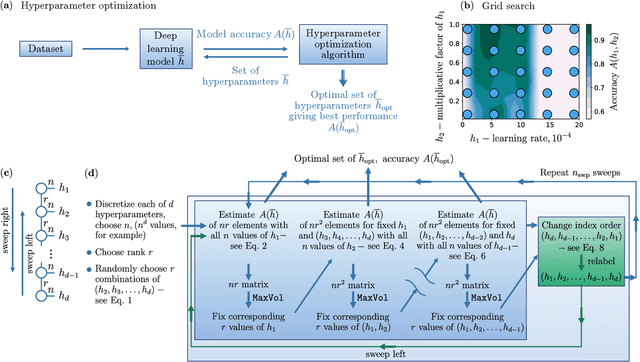

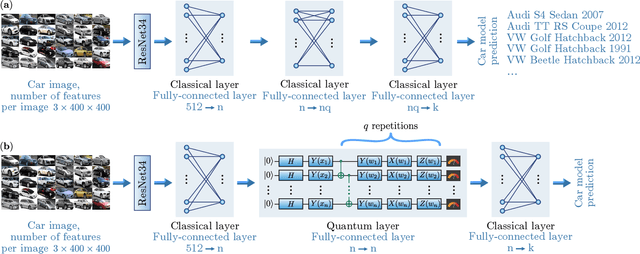

Abstract:Image recognition is one of the primary applications of machine learning algorithms. Nevertheless, machine learning models used in modern image recognition systems consist of millions of parameters that usually require significant computational time to be adjusted. Moreover, adjustment of model hyperparameters leads to additional overhead. Because of this, new developments in machine learning models and hyperparameter optimization techniques are required. This paper presents a quantum-inspired hyperparameter optimization technique and a hybrid quantum-classical machine learning model for supervised learning. We benchmark our hyperparameter optimization method over standard black-box objective functions and observe performance improvements in the form of reduced expected run times and fitness in response to the growth in the size of the search space. We test our approaches in a car image classification task, and demonstrate a full-scale implementation of the hybrid quantum neural network model with the tensor train hyperparameter optimization. Our tests show a qualitative and quantitative advantage over the corresponding standard classical tabular grid search approach used with a deep neural network ResNet34. A classification accuracy of 0.97 was obtained by the hybrid model after 18 iterations, whereas the classical model achieved an accuracy of 0.92 after 75 iterations.
 Add to Chrome
Add to Chrome Add to Firefox
Add to Firefox Add to Edge
Add to Edge